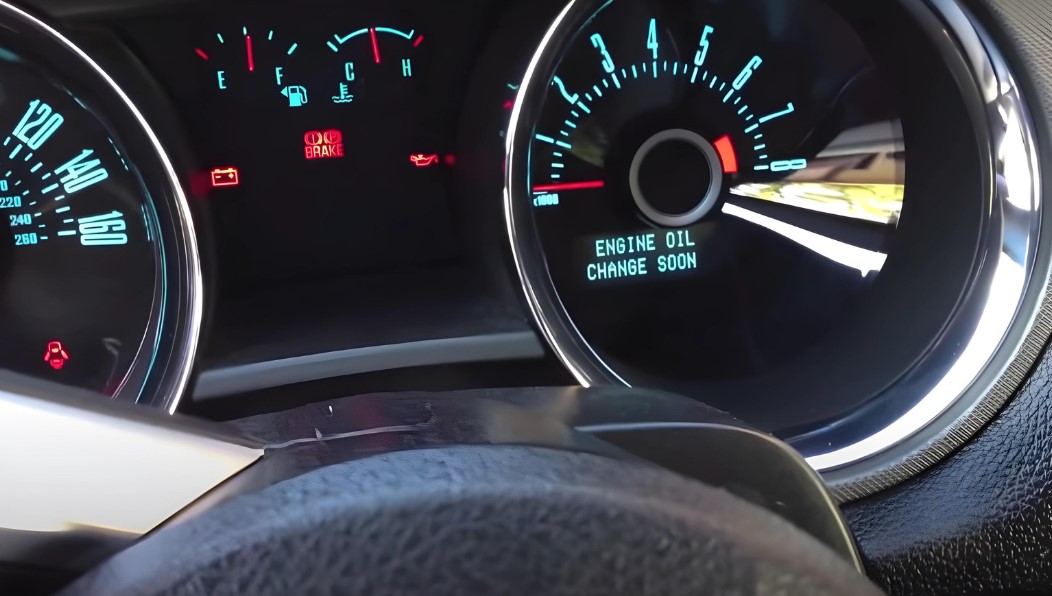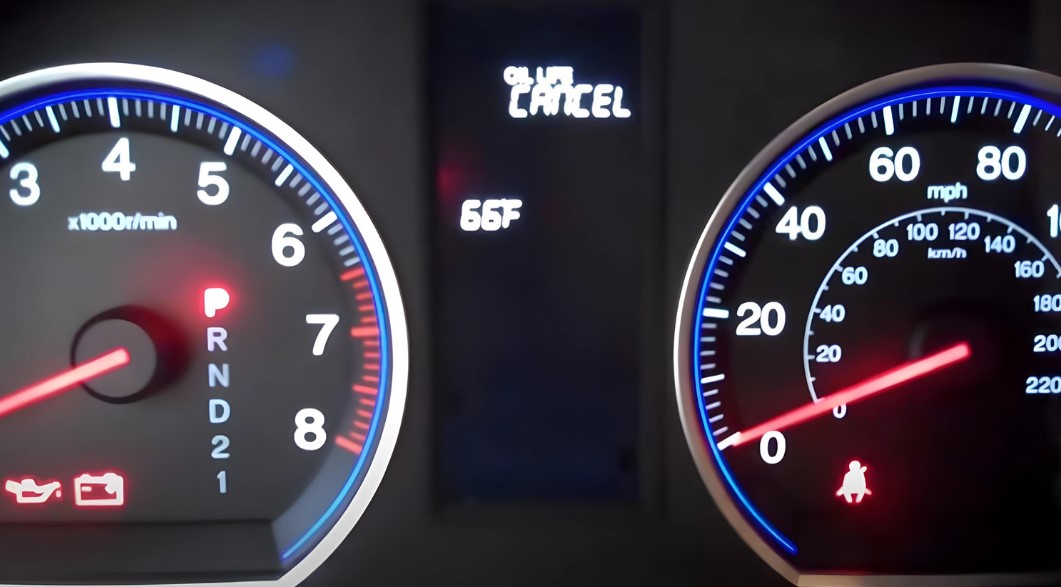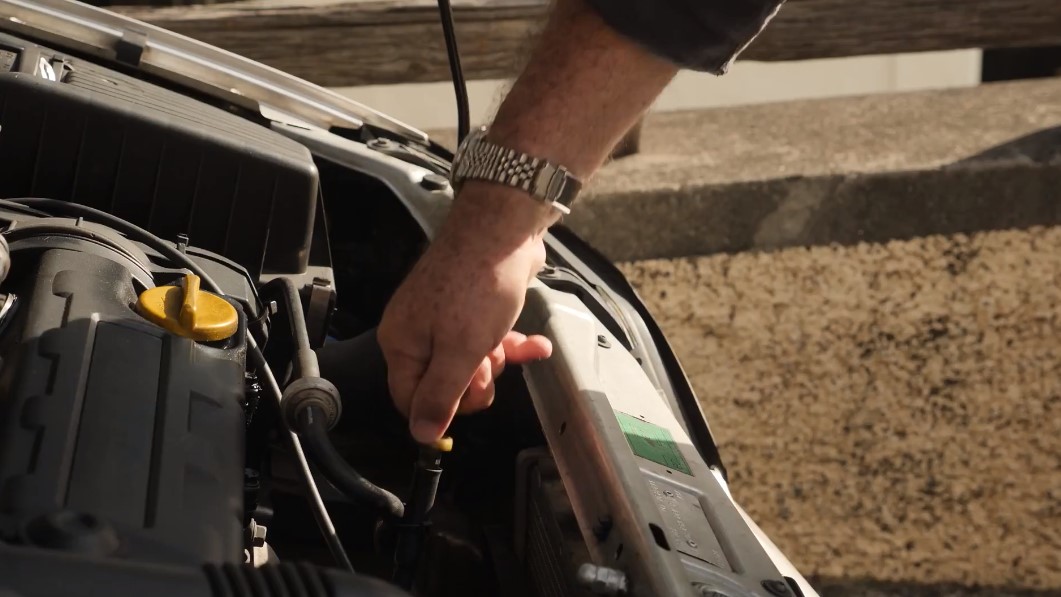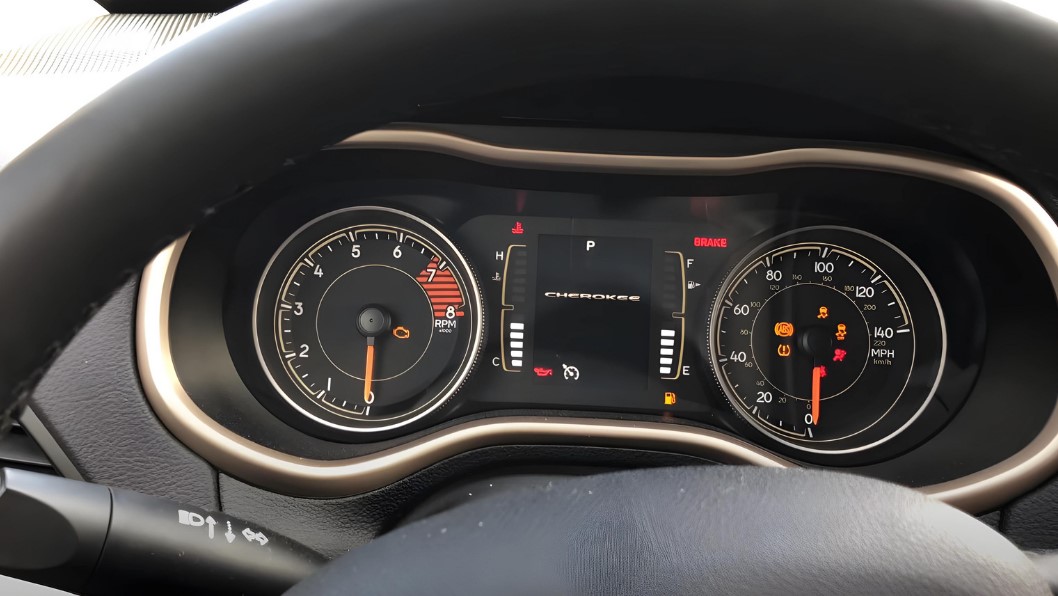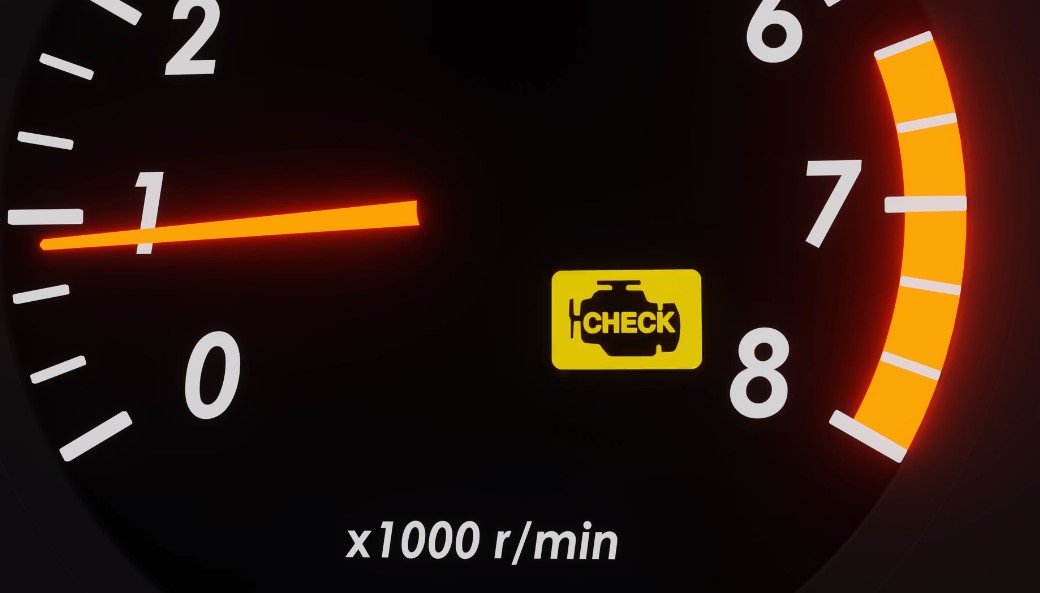When the oil indicator on your dashboard illuminates, indicating 0% oil life, it’s a signal that your vehicle’s engine oil has reached the end of its service life. This oil life percentage is calculated through a system that monitors your car’s driving conditions, engine temperature, mileage, and other factors to determine when an oil change is necessary. Driving with 0% oil life does not necessarily mean your vehicle is in immediate danger, but it’s a clear indication that you should schedule an oil change soon to maintain engine health and performance.
Key Takeaways
- The oil life indicator is an advanced tool that signals when an oil change is needed, based on your driving habits and conditions.
- Driving briefly on 0% oil life is possible, but an oil change should be prioritized soon to avoid engine damage.
- The system calculates oil life through factors like engine temperature, revolutions, and miles driven, ensuring accurate maintenance alerts.
- Ignoring the 0% oil life warning can lead to severe engine wear and potential damage, emphasizing the importance of timely oil changes.
- Regular maintenance, including timely oil changes as indicated by the vehicle’s system, is crucial for engine health and performance.
Oil Life Indicators
Indicator Functions
Oil life indicators are designed to monitor the condition of your car’s engine oil and give you a warning when it’s time for an oil change. They trigger an alert on your dashboard, often in the form of a percentage remaining, which decreases as you accumulate miles or as the oil degrades as noted by Captoyota.com. These systems are more sophisticated than simple mileage counters; they analyze vehicle operational data to determine the oil’s condition.
Oil Life Calculation
The oil life calculation relies on a sophisticated algorithm that takes into account several factors:
- Engine revolutions: Total revolutions since the last reset.
- Engine temperature: The variance in temp affects oil life.
- Miles driven: Distance covered is a straightforward factor.
- Driving conditions: Includes stop-and-go traffic, temperature extremes, or hauling heavy loads.
Your oil life indicator evaluates this data to estimate the remaining oil life. When the display reads 0% oil life, it signifies that the recommended oil usage period has passed, and it’s advisable to schedule an oil change to maintain engine health reflecting on this Quora discussion.
Immediate Actions Upon Warning
Safety Precautions
- Stop Driving: If your oil life indicator is at zero, plan to stop driving as soon as safely possible. Continuing to drive can lead to engine damage.
- Check Oil Level: Safely pull over and check your oil level using the dipstick. If the oil is low, topping up may temporarily alleviate the issue until you can get an oil change.
Assessing Driving Conditions
- Short Distance: Driving a short distance to a nearby service station for an oil change is generally acceptable, but should be the furthest you drive.
- Driving Environment: Consider your current environment. If you’re in extreme weather conditions or have a heavily loaded vehicle, the strain on your engine could be greater, therefore reducing the distance you should drive before servicing.
Short-Term Driving with 0% Oil Life
- Immediate Response: If possible, head straight to a service station. The oil life indicator signals that the quality of your oil is no longer sufficient to protect your engine effectively.
- Distance: Some sources suggest that you can safely drive for a brief stint, potentially a few miles; however, this should be limited to reaching the nearest service location.
- Engine Health: Continuously driving on 0% can lead to accelerated wear and tear, increasing the risk of engine damage reflecting in this Quora discussion.
- Urgency: Treat the 0% oil life indicator as an urgent warning. It means that the oil is likely to deteriorate and could compromise lubrication.
Do:
- Go directly to a mechanic.
- Understand the risk of potential engine damage.
Don’t:
- Ignore the warning.
- Delay the oil change unnecessarily.
Potential Risks of Prolonged Driving
Continued operation on expired oil life not only exacerbates wear but can also result in irreversible engine damage. Sludge buildup from old oil can clog your engine’s internals, leading to reduced oil flow and potential engine overheating. Issues such as a seized engine can stem from these conditions, leading to costly repairs or the need for a complete engine replacement.
On a personal note, I once experienced the consequences of neglecting to change my car’s oil according to the recommended schedule. The engine began to emit a rattling noise during operation, a warning sign I unfortunately ignored for too long. Eventually, the car abruptly stopped in the middle of a journey, and a mechanic later confirmed that sludge had clogged the oil passages, leading to significant engine damage.
Recommended Timeframe for Oil Change After Indicator Alert
- Immediately to 500 Miles: If the oil life indicator has hit 0%, it’s recommended that you schedule an oil change as soon as possible. Some experts suggest that it is generally safe to drive for a short period, not exceeding 500 miles, to reach a service station.
- Check Manufacturer’s Guidelines: For certain vehicle makes or models, the specifications might vary. It’s important to refer to your vehicle’s manual or consult with the manufacturer for specific recommendations.
Determining Factors
- Vehicle Make & Model: Your car’s specifications can significantly influence oil life. Consult your owner’s manual to understand your vehicle’s requirements. Some cars can tolerate more miles after the indicator comes on, while others may need immediate attention.
- Driving Conditions: Frequent short trips, extensive idling, or driving in extreme temperatures can degrade oil faster. Your oil life is also affected if you often drive in dusty conditions, tow heavy loads, or engage in stop-and-go traffic.
- Oil Type: Synthetic oil generally lasts longer than conventional oil. If you’ve been using high-quality synthetic oil, your engine could have a bit more resilience post-indicator.
- Maintenance History: Keep track of your past oil changes, as a well-maintained vehicle can typically push a little further past the 0% oil life mark compared to one that has been neglected.
Vehicle Maintenance
Technician Advice
If your oil life indicator reads 0%, it’s crucial to schedule an oil change as soon as possible. Delaying an oil change can lead to increased engine wear and potential damage. According to industry experts at YourMechanic, resetting your Chevrolet’s Oil-Life Monitor (OLM) after an oil change involves a few simple steps that maintain the efficiency and longevity of your engine.
From my own experience, I strongly advise adhering to your vehicle’s recommended oil change intervals and paying close attention to the oil life indicator. I learned the hard way that neglecting regular oil changes can lead to decreased engine performance and, ultimately, a shorter lifespan for your vehicle. Furthermore, understanding how to reset the OLM yourself can save you time and ensure that your car’s maintenance records are up to date.
Manufacturer’s Recommendations
Adhering to your vehicle manufacturer’s guidelines is essential for maintaining optimal engine performance. For instance, Ford vehicles usually come equipped with an Intelligent Oil-Life Monitor (IOLM) that calculates the optimal interval for oil changes based on your specific driving habits. Failure to follow these recommendations can result in premature engine wear or other serious issues.
Steps to Reset Indicator
Resetting your oil life indicator may differ depending on the make and model of your car according to Tires Plus. Here’s a general guide on how to reset the oil life indicator. Be sure to consult your vehicle’s manual for model-specific instructions.
Before You Start:
- Ensure your vehicle is in park or neutral with the emergency brake set.
- Turn the ignition key to the “on” position, but do not start the engine.
For Most Vehicles:
- Find the oil life or reset button on your dashboard. This may be marked with an icon such as a wrench or text that says “Reset.”
- Press and hold the button until the oil life indicator flashes.
- Release and then press again, holding until the indicator resets to 100%.
For Specific Makes:
- Ford: Read more on various Ford models.
- Toyota: Find detailed steps for most Toyota models.
- Honda: Understanding Honda’s oil life percentage can be helpful.
After the reset procedure, turn off the ignition and start your vehicle to ensure the oil life indicator has been reset. If it hasn’t reset, repeat the process or refer to the vehicle-specific resources for more detailed guidance as it is reported by the Family Handyman. Remember, performing regular maintenance and resetting your oil life indicator promptly helps maintain the health and longevity of your vehicle’s engine.
Frequently Asked Questions
When your vehicle displays a 0% oil life indicator, it is crucial to understand how it affects the engine and what steps you should take next. The following questions cover the essential information you’ll need.
What implications does a 0% oil life indicator have for my vehicle’s engine?
A 0% oil life indicator signifies that the quality of your engine oil has deteriorated significantly and may no longer effectively lubricate your engine, leading to increased wear and possible damage.
How many miles is it typically safe to drive after the oil life indicator reaches 0%?
Generally, it is possible to drive a short distance after the oil life reaches 0% – typically around 50 to 100 miles. However, it’s important to get an oil change as soon as possible to avoid potential engine damage.
Should the oil be replaced immediately when the oil life indicator is at 0%?
Yes, the oil should be replaced immediately when the oil life indicator is at 0%. Prolonged driving without changing the oil can lead to engine wear and potentially costly repairs.
What are the risks of driving a vehicle with the oil service light activated?
Driving with the oil service light activated can cause low oil pressure, lack of lubrication, overheating, and ultimately severe engine damage due to increased friction according to Car Parts.
Can engine damage occur if I continue driving with an oil life reading at or near 0%?
Yes, engine damage can occur if you continue driving with an oil life reading at or near 0%. The engine parts may wear out faster, and in severe cases, you can experience total engine failure.
How does the oil life percentage affect vehicle maintenance and servicing intervals?
The oil life percentage is a guideline for when to service your vehicle to maintain optimal engine health. Regularly following these indicators helps ensure your engine is properly lubricated and the components are protected from excessive wear.
Bottom Line
Your vehicle’s oil life indicator serves as a crucial reminder to maintain engine health through timely oil changes. Ignoring it risks severe engine damage, so it’s essential to act promptly when it reaches 0%. Regular maintenance, as indicated by your vehicle’s system, ensures optimal performance and longevity. Always consult your vehicle’s manual for specific guidance and consider immediate oil changes to protect your engine.

